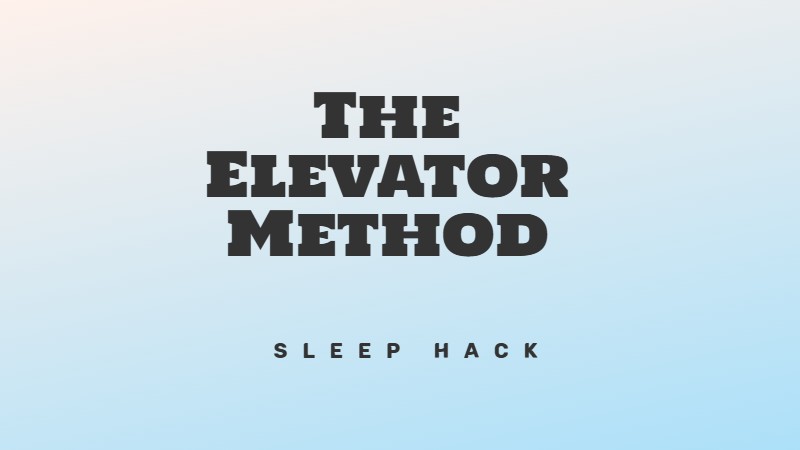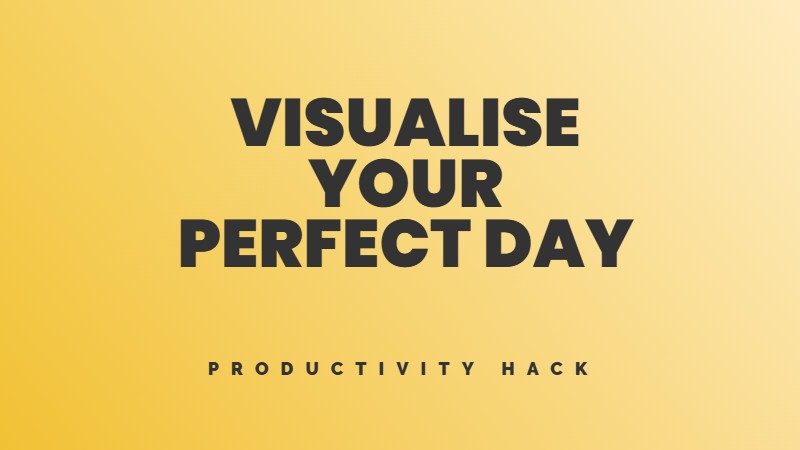Your brain hates big tasks. This isn’t just a feeling, it’s biology.
When we face something huge on our to-do list, our brains react as if confronting physical danger. The amygdala fires up, stress hormones flood our system, and we freeze or flee. That’s why you suddenly remember emails need answering when you should start your tax return.
This explains why most of us put off major projects until panic forces action. But what if we worked with our brain’s wiring instead of against it?
Task-snacking hacks your brain’s reward system, turning work avoidance into work attraction.
Small bites for big goals
Do you stare at your to-do list with dread? Does that big project make you want to run for the hills? You’re not alone. Many of us freeze when faced with large tasks.
The good news? You don’t need to tackle everything at once. Task-snacking might be your answer.
What is task-snacking?
Task-snacking breaks large projects into tiny, manageable steps you can complete in short bursts of time. Instead of trying to clean your entire house in one go, you wash a few dishes, then fold some laundry, then wipe down a counter.
The magic happens when these small actions add up to major progress without the stress that comes with big tasks.
Why task-snacking works
Your brain loves small wins. Each completed mini-task gives you a hit of dopamine, the feel-good chemical that keeps you moving forward. This creates a positive feedback loop. The more small tasks you finish, the more motivated you become.
Research shows that breaking down goals into smaller parts makes them less scary and more likely to get done. Our brains process smaller chunks of work more easily, reducing the anxiety that often leads to procrastination.
How to use task-snacking
Step 1: Choose your target
Pick one project that feels overwhelming. The report that’s due next week. The cluttered garage. The book you want to write.
Step 2: Break it down
Divide your project into the smallest possible steps. For example, if you need to write a report:
Step 3: Schedule snack times
Set aside small windows throughout your day—even just 5-10 minutes—to complete one mini-task. Use gaps between meetings, your morning coffee break, or the few minutes while waiting for dinner to cook.
Step 4: Track your progress
Mark off each completed snack on a list or app. Seeing your progress builds momentum and helps you stay motivated.
Task-snacking at work
Working professionals can use task-snacking to stay productive without burning out:
Task-snacking at home
For personal projects, try:
Tools that help
Why it works when other methods fail
Task-snacking succeeds where other productivity systems fail because it:
Start small, Finish big
The next time you face a task that makes you want to run away, remember this: you don’t need to do it all at once. Take one small bite. Then another. Before you know it, you’ll look back and see how far you’ve come.
Don’t wait for perfect conditions or huge blocks of time. The power of task-snacking is that it works right now, with whatever time you have.
Practical tips
Remember, progress happens one small step at a time. Give yourself permission to move forward gradually, and watch as those small steps add up to something big.




Lämna feedback om detta